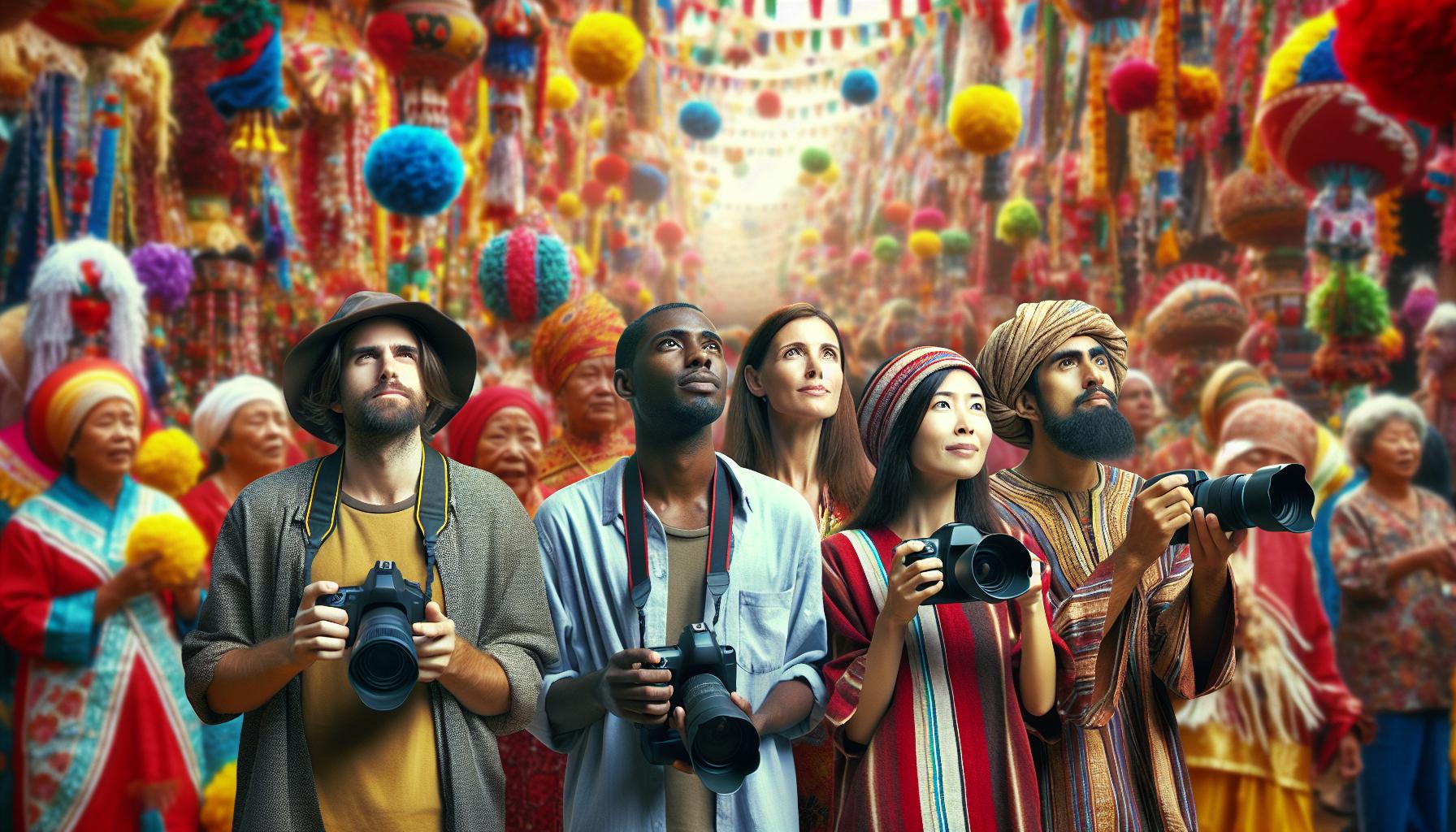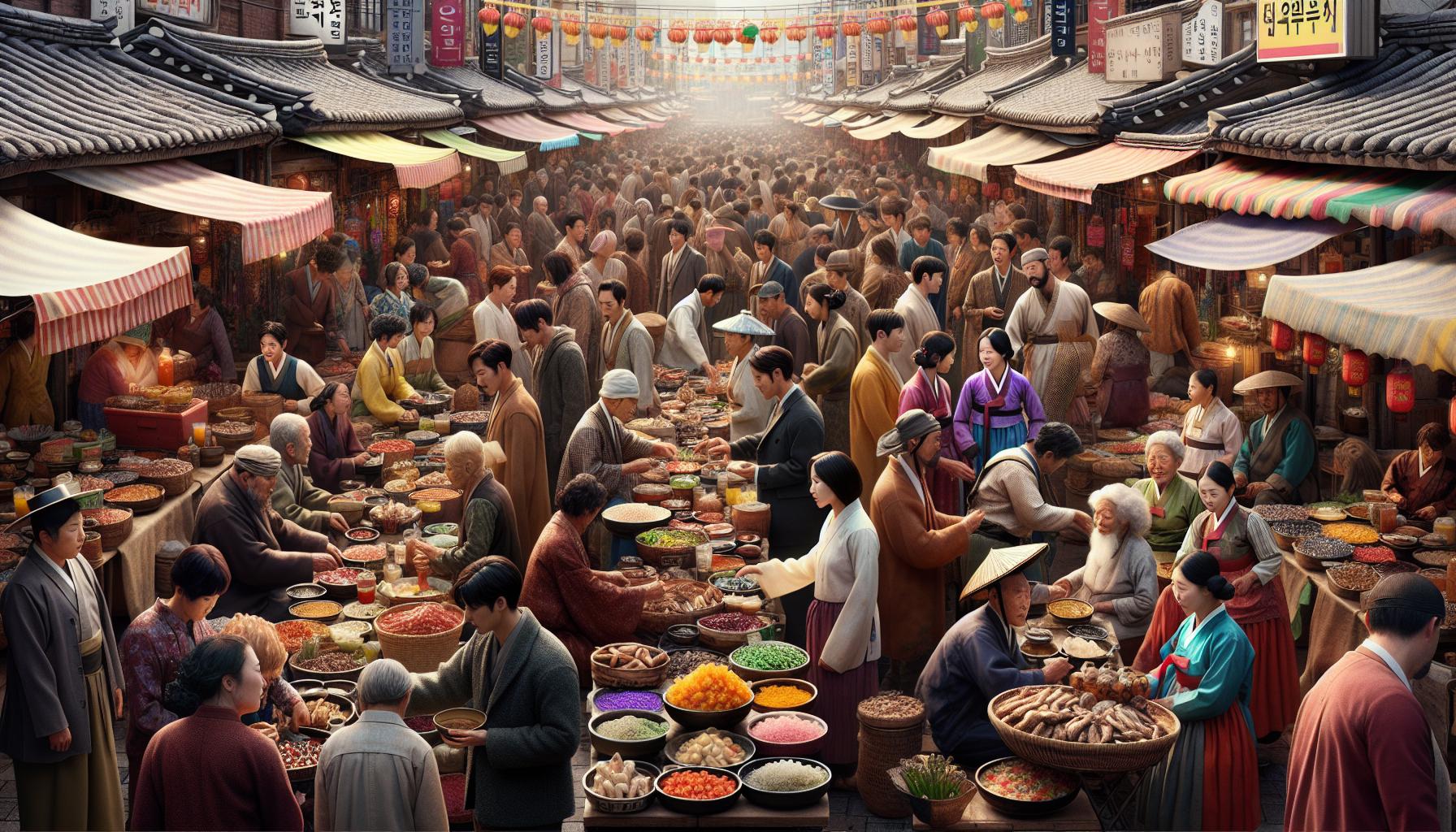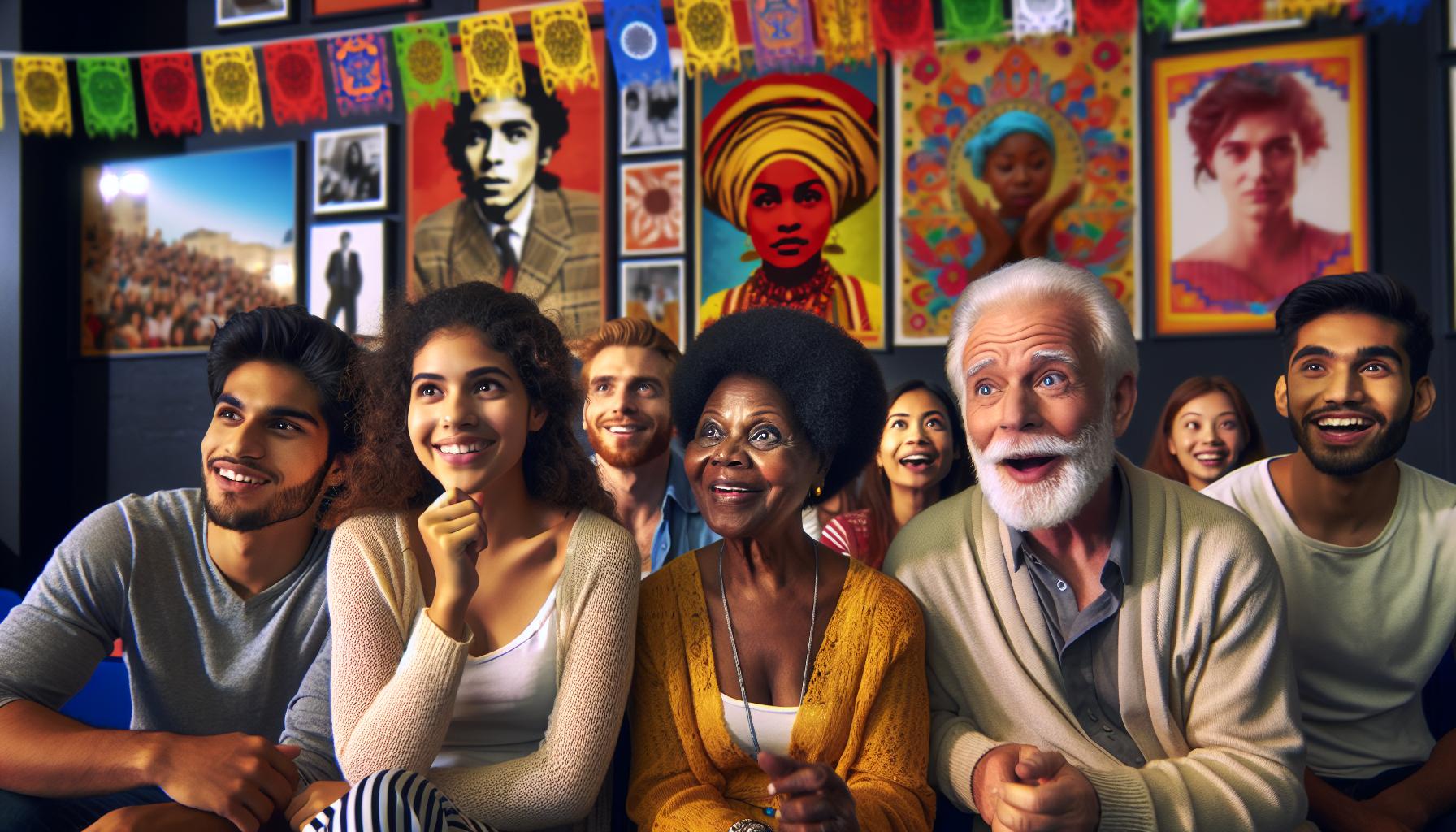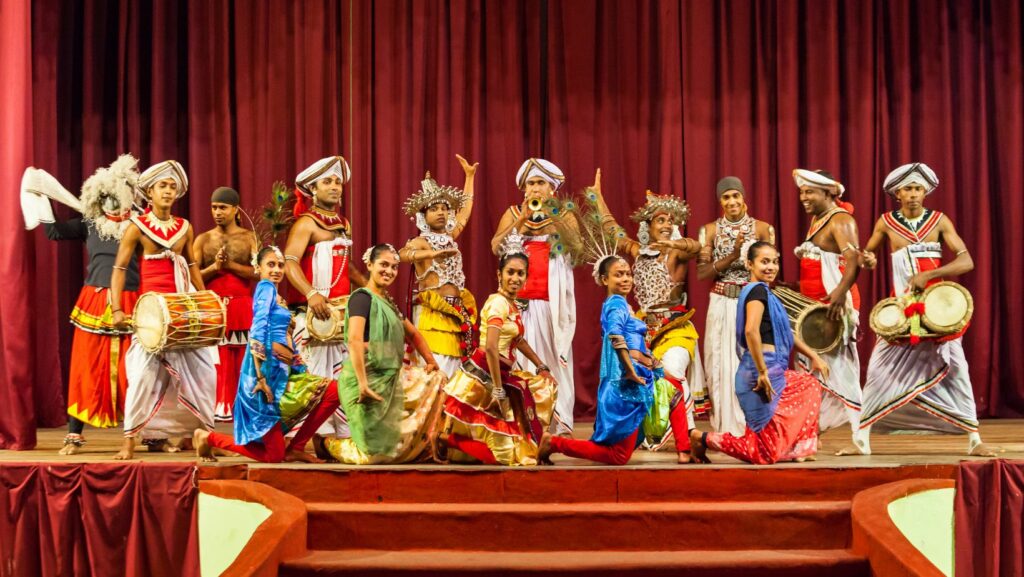Key Takeaways
- Cultural Representation: Full of culture movies highlight diverse narratives and authentically represent various communities, promoting understanding and appreciation of different customs and traditions.
- Storytelling Techniques: These films utilize non-linear narratives, symbolic imagery, and immersive world-building to engage viewers and deepen their understanding of cultural contexts.
- Educational Impact: Culturally rich movies serve as valuable educational tools, exposing audiences to new traditions and historical contexts, stimulating dialogue about social and cultural issues.
- Emotional Connection: Through relatable characters and authentic narratives, these films foster empathy and challenge stereotypes, enhancing viewers’ perspectives on global human experiences.
- Notable Examples: Critically acclaimed films like “Parasite,” “Roma,” and “Crouching Tiger, Hidden Dragon” exemplify the richness of cultural storytelling and societal issues, offering profound insights into their respective cultures.
Movies have the incredible power to transport audiences to different worlds, showcasing diverse cultures and traditions. A film rich in culture not only entertains but also educates viewers about the complexities of human experiences. These cinematic gems open the door to unique perspectives, allowing people to appreciate the beauty of various customs and lifestyles.
In an increasingly globalized society, the importance of cultural representation in film has never been more crucial. A full of culture movie can spark conversations, challenge stereotypes, and foster understanding among audiences. Whether it’s through vibrant storytelling, authentic characters, or stunning visuals, these films invite viewers to explore the richness of life beyond their own experiences.
Full of Culture Movie
Full of culture movies showcase diverse narratives that emphasize the heritage and traditions of various communities. These films often highlight the struggles, celebrations, and daily lives of people from different backgrounds, offering insights into their customs and values.
Culturally rich films promote dialogue among viewers, breaking down barriers and fostering mutual respect. They often feature authentic representations of cultures, which helps viewers understand the context behind certain practices or beliefs. Through vivid cinematography and powerful performances, audiences experience the emotional depth and complexity of these stories.
Many full of culture movies incorporate elements such as music, dance, and visual art, enhancing the storytelling experience. These artistic components immerse viewers into the cultural landscape, allowing them to feel the rhythm and vibrancy of different societies.
Critically acclaimed examples of culturally significant films include “Parasite,” “Roma,” and “Crouching Tiger, Hidden Dragon.” Each of these films not only tells a compelling story but also offers a deep dive into the cultural nuances and societal issues present in their respective settings. By watching these movies, audiences gain a broader understanding of the world and the people within it.
Key Elements That Define Cultural Films

Cultural films incorporate distinctive elements that convey the intricacies of diverse experiences and narratives. These elements enhance audience engagement and understanding of various cultures.
Storytelling Techniques
Storytelling techniques in cultural films include non-linear narratives, symbolic imagery, and immersive world-building. Non-linear narratives allow filmmakers to present stories from different temporal perspectives, enriching the viewer’s understanding. Symbolic imagery often conveys deeper cultural meanings, enabling audiences to connect with themes distinctly. Immersive world-building creates authentic settings, drawing viewers into the film’s cultural context. For instance, “Crouching Tiger, Hidden Dragon” employs stunning visuals and choreographed fight sequences to reflect Chinese heritage while advancing the plot. These techniques not only captivate but also educate audiences about specific cultural narratives.
Representation Of Culture
Representation of culture in films emphasizes authenticity, inclusivity, and diversity. Authentic casting ensures that characters’ portrayals reflect real-life cultural backgrounds, contributing to realistic storytelling. Inclusivity allows for multiple voices and perspectives within a narrative, presenting a holistic view of a culture. For example, “Roma” explores Mexican culture through the lens of a domestic worker’s life, offering insights into societal dynamics and historical context. Diversity within cultural films showcases various customs, traditions, and experiences, fostering awareness and understanding among viewers. By prioritizing these aspects, filmmakers create works that resonate and bring attention to the richness of human experiences across the globe.
Notable Full Of Culture Movies

Culturally rich films provide immersive experiences and highlight diverse narratives. The following films exemplify this cultural depth through engaging storytelling and authentic representation.
Movie 1: “Parasite”
“Parasite,” directed by Bong Joon-ho, tells the story of the Kim family, who scheme to become employed by a wealthy family. Set in South Korea, the film explores class disparity, navigating between the opulent lives of the rich and the struggles of the poor. Its blend of dark humor and social commentary creates a compelling narrative, revealing the intricacies of societal divisions. This award-winning film emphasizes the complexities of human relationships within the context of economic inequality and cultural norms.
Movie 2: “Roma”
“Roma,” directed by Alfonso Cuarón, offers a deeply personal narrative set in 1970s Mexico City. This semi-autobiographical film follows Cleo, a domestic worker, as she navigates her life amidst social and political upheaval. The film captures everyday experiences, showcasing the cultural significance of family, class, and gender roles. Stunning cinematography and authentic performances enrich the storytelling, allowing viewers to connect with Cleo’s journey while reflecting on broader issues affecting Mexican society.
The Impact Of Cultural Movies On Society

Culturally rich movies significantly shape societal perspectives and foster appreciation for diverse cultures. These films serve as tools for education and empathy, enhancing viewers’ understanding of different backgrounds.
Educational Value
Cultural movies provide invaluable educational experiences. They expose audiences to various traditions, languages, and historical contexts. For instance, “The Last Emperor” presents insights into China’s cultural and political history through the life of Puyi, the last emperor. Educational themes within these films often stimulate discussions about cultural practices, social issues, and historical events. Films serve as informative mediums that encourage viewers to learn beyond classroom settings, using visual storytelling to make complex topics accessible.
Promoting Understanding And Empathy
Culturally rich films foster understanding and empathy amongst diverse audiences. Through authentic narratives and relatable characters, viewers connect emotionally to the experiences of others. “A Fantastic Woman” portrays the challenges of a transgender woman navigating grief and societal prejudice, prompting audiences to reflect on issues of acceptance and identity. These films humanize cultural differences, encouraging audiences to confront stereotypes and broaden their perspectives. Engaging with various cultural movies cultivates a sense of shared humanity, breaking down barriers while promoting compassion and respect. Culturally rich movies offer more than just entertainment; they serve as vital conduits for understanding and appreciating the diversity of human experiences. By showcasing authentic narratives and vibrant storytelling, these films invite audiences to engage with different cultures and perspectives. As viewers immerse themselves in these cinematic journeys, they not only witness the beauty of various traditions but also confront societal issues that resonate on a personal level. The impact of these films extends beyond the screen, fostering dialogue and encouraging empathy among viewers. As the world becomes increasingly interconnected, embracing the richness of cultural representation in film is essential for promoting mutual respect and understanding. Through the lens of cinema, audiences can explore the shared humanity that unites us all, making culturally significant films an invaluable part of the cinematic landscape.



